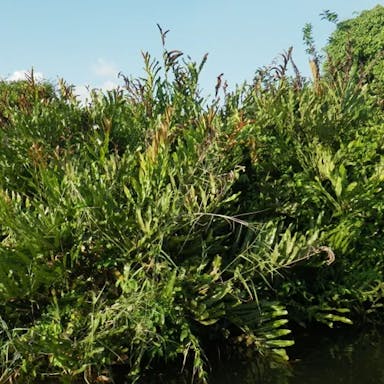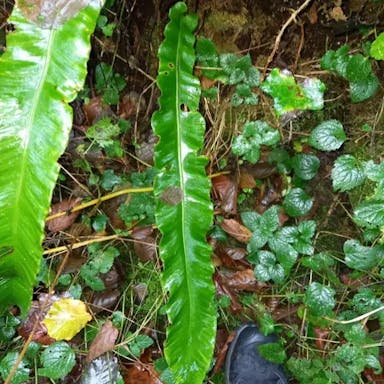Great horsetail, scientifically known as Equisetum telmateia, is a perennial plant characterized by hollow, jointed stems with whorls of needle-like branches. The Equisetum telmateia enjoys damp, marshy areas, along streams, and in forests. This fascinating plant does not produce flowers but instead releases spores for reproduction. The Equisetum telmateia can reach heights of up to 2 meters, with a dark green color. It is known for its high silica content, which gives it a rough texture. This plant is relatively easy to grow in moist, well-drained soil and prefers partial shade. It is often used in landscaping for its unique appearance and architectural structure. The Equisetum telmateia is a fascinating plant for botanical enthusiasts due to its ancient lineage and distinct features. The Equisetum telmateia is native to Europe and Western Asia, typically found in damp, marshy areas, along streams, and in forests. This plant belongs to the Equisetaceae family and is commonly referred to as the
0
0












